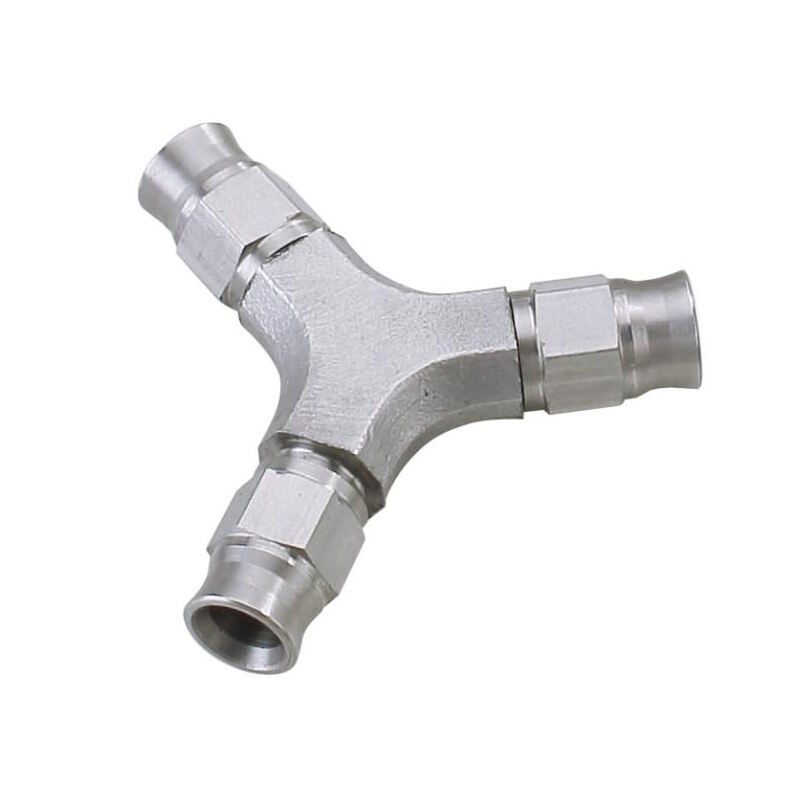
In both automotive and industrial brake systems, brake fittings serve as crucial connections between hydraulic components. In order not to compromise the performance of the braking system, it is important to recognize the various types of brake fittings and their functionalities.
Types of Brake Fittings
Banjo Fittings: This type of fittings crops up to create a reliable connection of brake lines and the caliper. The banjo fitting contains a hollow-captured bolt allowing a passage of fluid for the purpose of operation. These fittings are often used in disc brake installations since they are small as well as are possessing sealing attributes which are very good.
Flare Fittings: Flare fittings work by flourishing the brake line creating a conic-sealed end thus making good connections. Such fittings can be recommended for systems which operate under high pressure. Flare fittings are of two categories: 45-degree and 37-degree flare fittings and are chosen based on the requirements of the specific brake lines.
Threaded Fittings: Among other types, this type has various dimensions guides and different types of the thread. Due to this property, they can be physically employed in many potential applications. They are used a lot in the connections between brake lines and the m. cylinders or other hydraulic devices in general. Threaded fittings should be chosen with caution as there is also the risk of leaks due to wrong breaks in the system.
Uses of Brake Fittings
You can find brake fittings in cars, trucks, motorcycles, heavy machinery, and many other things. It maintains the correct hydraulic system pressure when braking and safely transports the brakes' hydraulic fluid to enable braking. So long as the brake fitting is in good condition, it can help prevent the leakage of brake fluid and thereby provide the needed operational efficiency and safety level for the braking system.
The brake fittings should be installed correctly and maintained regularly since they can also fail due to things like corrosion or wear. Fitting garments should be subject to regular inspection intervals, as is the case here or wherever severe conditions exist, in order to protect the integrity of the fittings.
So, in conclusion, familiarization with the kinds of vehicles and functions of brake fittings is necessary for every person who practices repair and maintenance of vehicles. The proper fitting selection can determine in a great deal the degree to which one’s braking system is effective and dependable.